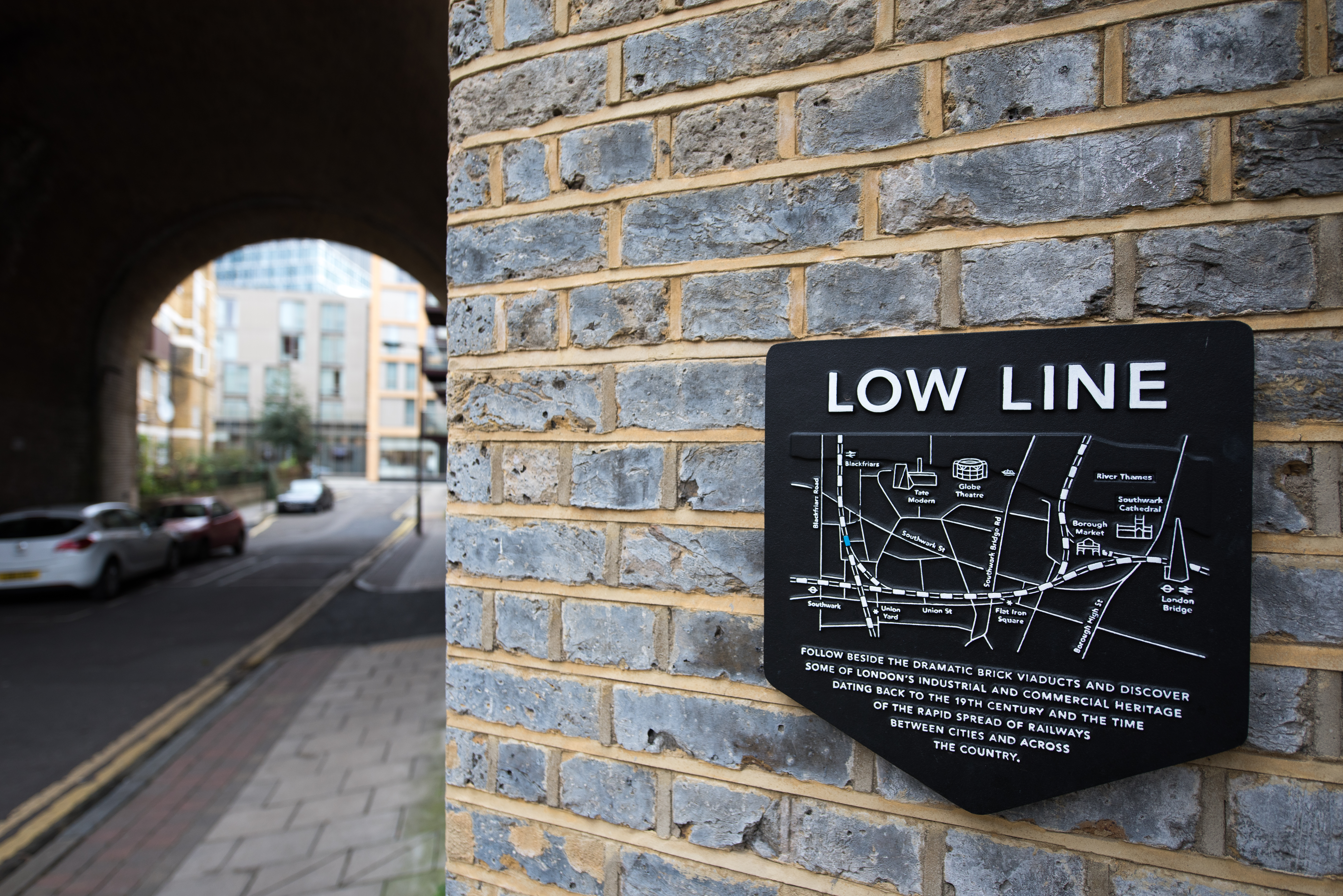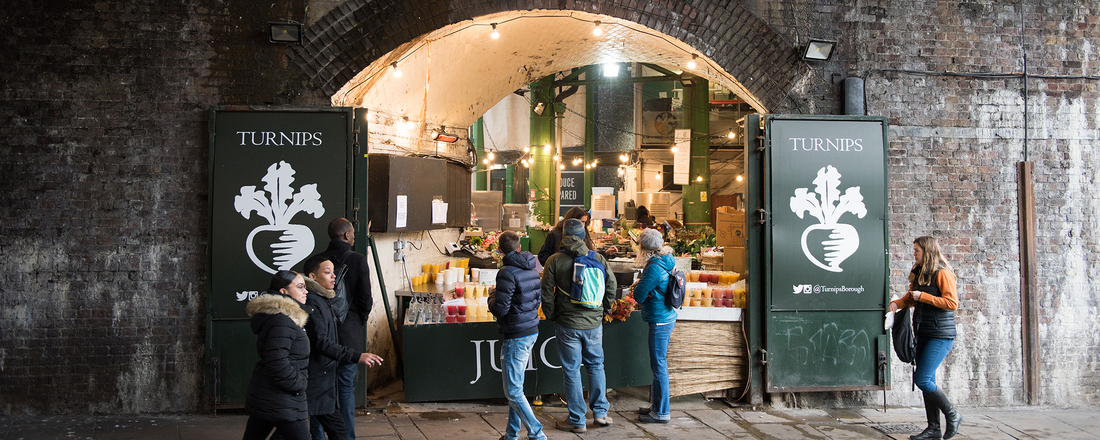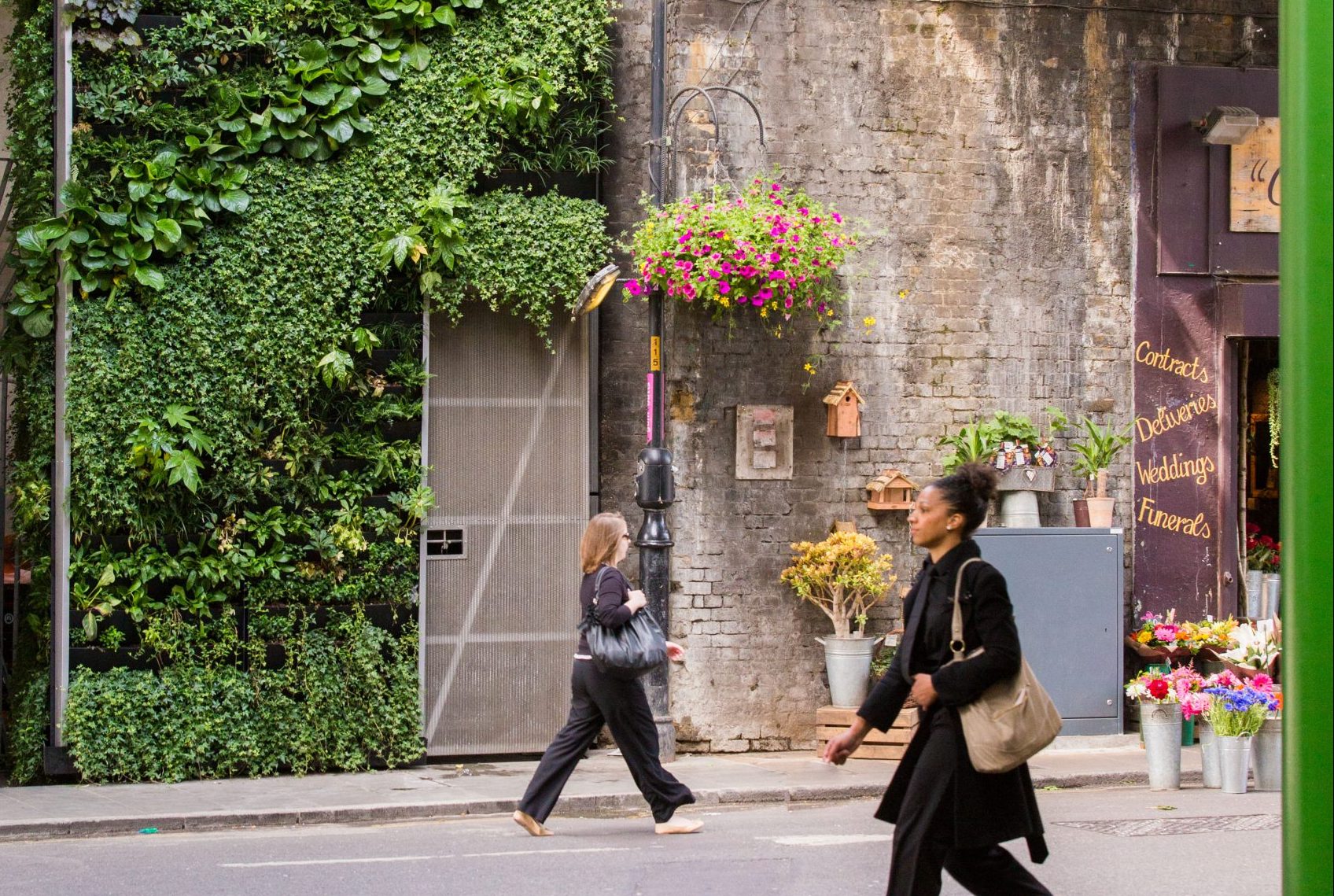Get updates from The Developer straight to your inbox Yes, please!
Urban quilting: How Better Bankside BID stitched a place in time
Incremental placemaking is more rich, nimble and participatory, says Valerie Beirne, founder of Where Pathways Meet, who worked at Better Bankside for 14 years.

Sometimes placemaking is about urban acupuncture; a series of strategic interventions that signpost and make accessible what is already there – microplans in lieu of masterplans.
Landscape architect Valerie Beirne, founder of Where Pathways Meet, sat down to discuss her 14 years at Better Bankside with The Developer Podcast, and explore the impact of the Business Improvement District’s incremental projects where a vision is delivered by partners big and small.
Better Bankside is one of the first Business Improvement Districts (BID) in the UK, founded in 2005. A BID is an investment and placemaking strategy pioneered in Canada, where all business rate payers must contribute a tithe or levy into a central pot. The collected money is used to pay for projects to improve or activate the area: Christmas lights, a parade, street party, music festival, furniture, flowers or tree planting. The ambition is usually focussed on increasing footfall to local businesses, restaurants and shops
“Better Bankside was definitely a pioneer,” Beirne says. “I’m really impressed by how BIDs in London are now playing a more active role in shaping their neighbourhoods,” she says, highlighting The Strand at Aldwych, where The Northbank BID has been instrumental in major public realm improvements, including pedestrianisation: “It’s really exciting to see BIDS leading the way.”
The area covered by Better Bankside is opposite St Paul’s Cathedral on the south bank of the Thames, between Blackfriars and the Millennium Bridge, and includes the Tate Modern, Shakespeare’s Globe, Borough Market and Great Suffolk Street. According to their website, businesses with a rateable value of £26,000 or more pay 1.1% of their rateable value to the BID, which generates an annual levy income of £1,957,000. The BID also applies for grants where available to undertake projects of scale.
“BIDs in London are playing a more active role in shaping their neighbourhoods”
Bankside has undergone rapid and dramatic change over the past 20 years, following the opening of the Millennium Bridge and Tate Modern, which drew large crowds to the riverside. “That sparked a wave of redevelopment of some major sites just behind the riverside,” explains Beirne. “At the time there was a huge amount of thinking going into these big buildings, but nobody was really thinking about the spaces between the buildings.”
Better Bankside took on the development of what Beirne describes as the “higgledy piggledy streets and glass and concrete buildings.” The Medieval street pattern is difficult to navigate and had a reputation for being scary, so it’s perhaps not surprising that their two biggest projects facilitate legibility and connections.

Better Bankside’s two biggest projects rely on storytelling to bring disparate partners together to make an impact. The first, Bankside Urban Forest, launched in 2007, and was shaped by a design competition, won by Witherford Watson Mann, to create an urban park. The result is not a forest but a series of public space improvements for people and wildlife across the neighbourhood: forest clearings and microclimates amongst the dense urban fabric.
Beirne joined Better Bankside to work on the forest in 2008. Although the term ‘forest’ does spark some confusion, the overarching narrative of the project creates a shared vision that enables participation. Private and public sector partners can bring forward small-scale urban greening or pedestrianisation projects that become part of the “forest”.
Even if the resulting project lacks the visitor wow-factor or bombast of a major intervention, such as a Shard or Tate Modern, the incremental project has made an impact, adding at least 250 trees to the neighbourhood and increasing green cover by 1,000m2. Projects include a modular green wall in Borough Market and a micro-forest of trees planted into former parking spaces at Warden’s Grove.
Low Line is another incremental project led by Better Bankside. Also sparked by a design competition, the Low Line reimagines existing railway viaducts that bisect the wider area. The imposing barrier of 390 arches becomes a landmark walk and orientation tool with a series of pedestrianisation and public space projects that link up Bankside, Bermondsey and London Bridge.
“There was a huge amount of thinking going into these big buildings, but nobody was really thinking about the spaces between the buildings”
“The viaduct is the wayfinding, you follow the railway,” says Beirne. “We often compare the Low Line to how the Thames path has evolved over the last 40-50 years. If you went back to the ‘70s, you couldn’t have walked continuously along the river.
“There are physical blockages along the Low Line that mean you can’t follow it continuously. It’s going to take time to unblock those physical impediments.”
Unlike its inspiration – New York’s High Line, you can’t walk on top of the viaduct, but alongside or under it. Investment in the arches – about a third of them are described by Better Bankside as derelict or underused – and adjacent sites, including the Low Line Common, make this another incremental project.
“I definitely think there are advantages to something that rolls out over time. It’s far more flexible; you can be more site specific and more targeted in your investment; it doesn’t all have to happen at once, so if you don’t have one piece of the puzzle, it doesn’t stop the whole project.
If the resulting project lacks wow-factor, it has made an impact, adding at least 250 trees to the neighbourhood
“It’s not a masterplan where you have to do it in sequence and you need x amount of money to make it happen. This is far more nimble and flexible, and different people can contribute through their own projects, ideas or investment. It’s far more richer as an incremental process than a big set piece.”
“One advantage at the Urban Forest and Low Line was that it was always a partnership, it was never just one organisation,” says Bierne.
The wayfinding provided by the Low Line signage is transformational. Navigating the neighbourhood is no longer a maze worthy of a Minotaur. Maps on the signs indicate your location on the Line and the way to Blackfriars, Southwark and London Bridge stations. They also encourage a spirit of discovery, bidding you to “follow beside the dramatic brick viaducts and discover some of London’s industrial and commercial heritage.”
There are also ‘jewels in the rut’ to discover as Beirne describes them: a stone marks a Medeival burial ground; a coal-hole cover on the pavement commemorates local people who lost their lives in an air raid. “The creativity of the art reveals itself in lots of different ways,” says Beirne of the work. In cities, railway infrastructure and stations can be perceived as undesirable no man’s lands – bridges, tunnels and the wrong side of the tracks – but the historical references and artworks stitch the past into the present, heightening the sense of place.
Beirne left Better Bankside last year to set up her own consultancy. After 14 years working client-side, she is now hoping to help other organisations. “I’m actually working with a lot of architects who are keen to build their expertise in placemaking and crafting place strategies, so that’s been good fun,” Beirne says. “I’m excited about what the future holds and it’s lovely to be spreading my wings.”
Subscribe to The Developer Podcast wherever you get your podcasts, and sign up to The Developer Weekly email to find out when new episodes go live. You can support our podcast on Patreon at www.patreon.com/thedeveloperuk
If you love what we do, support us
Ask your organisation to become a member, buy tickets to our events or support us on Patreon
Sign up to our newsletter
Get updates from The Developer straight to your inbox
Thanks to our organisation members
© Festival of Place - Tweak Ltd., 124 City Road, London, EC1V 2NX. Tel: 020 3326 7238

